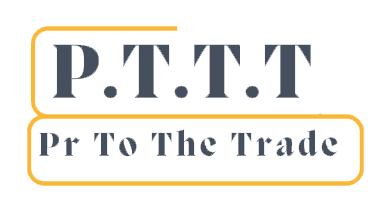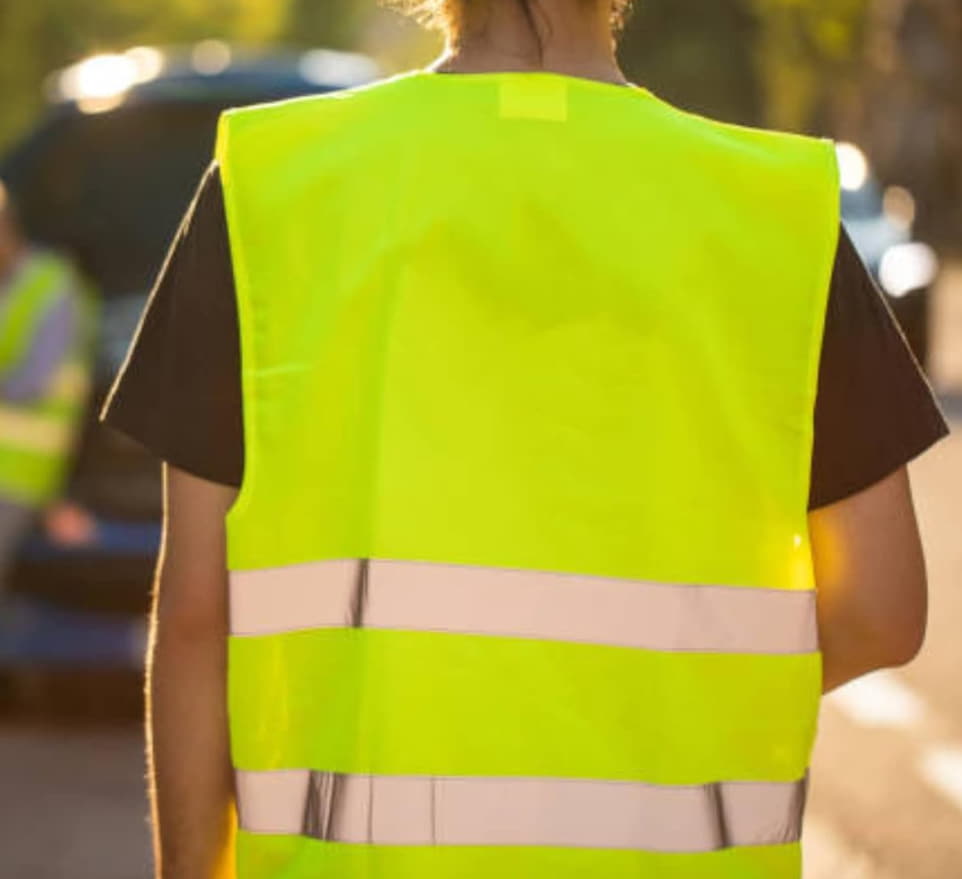When it comes to ensuring safety in hazardous work environments, wearing the right attire is crucial. Among these essential items is the safety jacket, a garment designed to make the wearer more visible in potentially dangerous situations.
However, not all of these safety jackets are created equal; they must adhere to specific standards to be effective. The American National Standards Institute (ANSI) sets these guidelines to ensure that these jackets meet the necessary visibility and durability requirements.
Why ANSI Standards
ANSI standards for protection jackets are designed to safeguard workers by ensuring high visibility and durability under various environmental conditions. These standards are vital in construction, road work, and other fields where workers are exposed to traffic or operating machinery in low-light conditions.
The ANSI/ISEA 107 standard is the recognized guideline that specifies how a jacket should perform in terms of color, reflective material, and design. The goal is to make sure that the jacket not only stands out during the day but also at night or in poor weather conditions, thereby reducing the risk of accidents.
Classification of Safety Jackets According to ANSI
ANSI categorizes protective jackets into three types based on their visibility levels:
-
Class 1 Jackets
These are suitable for environments where traffic does not exceed 25 mph, and there is ample separation from the traffic. Ideal for workers in environments that are not significantly crowded with equipment or people.
-
Class 2 Jackets
Designed for areas where traffic speeds between 25 and 50 mph. These jackets offer more visibility than Class 1 through additional reflective material and brighter colors. They are typically worn by road construction workers, crossing guards, and any personnel working near heavy machinery.
-
Class 3 Jackets
These provide the highest level of visibility. They are necessary for environments where traffic exceeds 50 mph or in extremely poor weather conditions. Class 3 jackets cover more of the body and have sleeves that show the movement of the arms, which is crucial for signaling in hazardous zones.
Key Features of ANSI-Compliant Protective Jackets
To meet ANSI standards, these jackets must have certain features:
- Color: The jackets are generally available in fluorescent yellow-green, orange-red, or red. These colors are proven to be highly visible during the day.
- Reflective Material: Strips of reflective material are required to ensure that the jackets are visible from all angles, even in low-light conditions.
- Coverage: The amount of body coverage is also specified to enhance visibility. For instance, Class 3 jackets offer the most coverage.
Conclusion
Adherence to ANSI standards in the design and manufacture of safety jackets is not just about regulatory compliance; it’s about safeguarding lives. For industries where the risk of accidents is high, these standards provide a clear guideline on how to enhance worker visibility and safety.
By understanding the importance of these standards, employers can make informed decisions about the safety gear they provide. Whether you’re an employer or a worker, knowing these standards can significantly contribute to creating a safer workplace for everyone.

